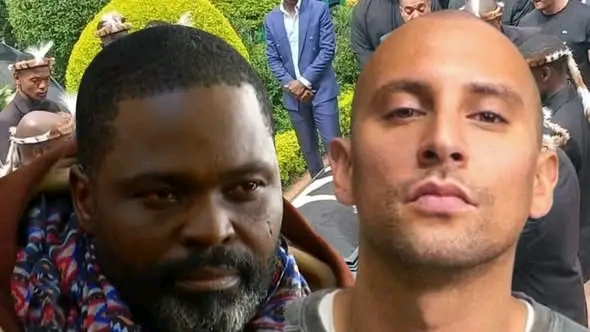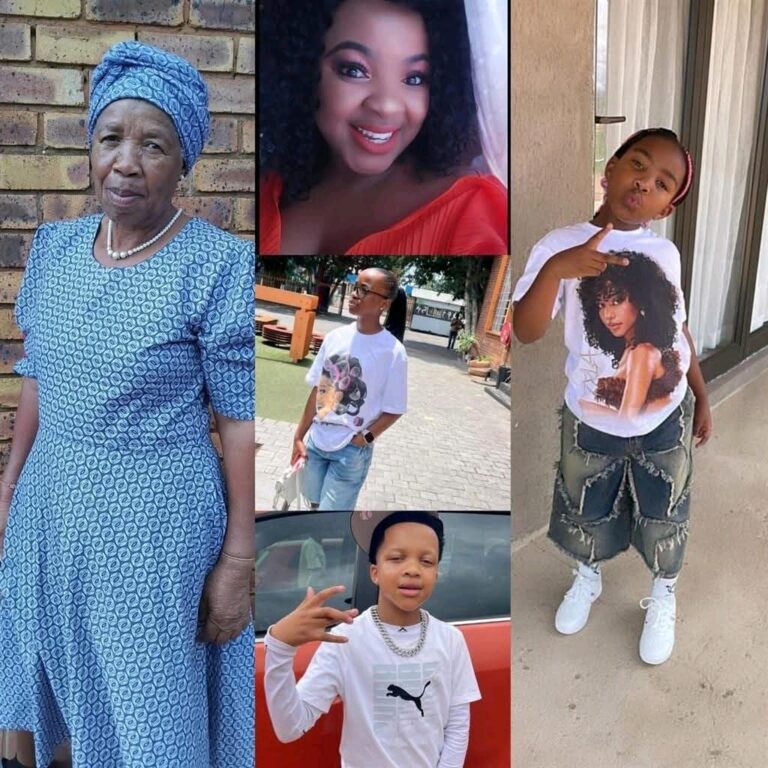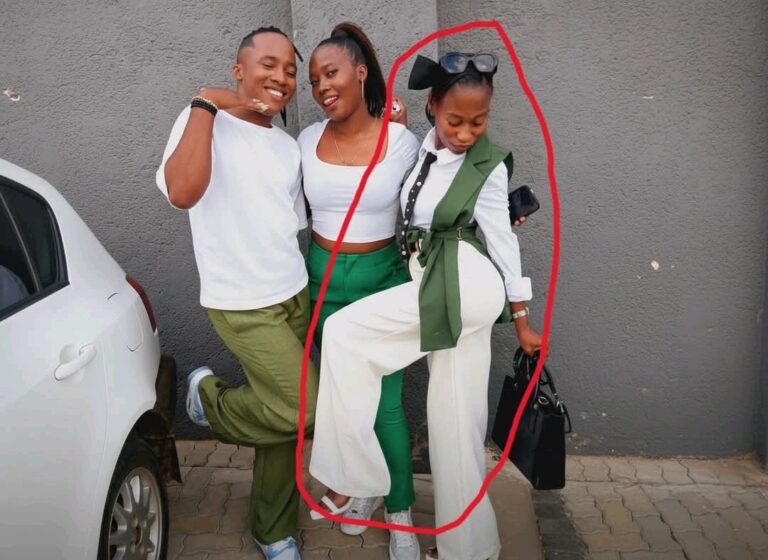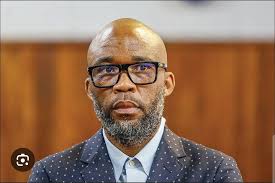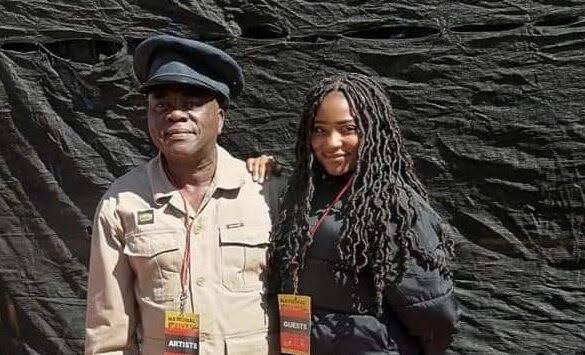
The controversy surrounding the late gospel legend Solly Moholo continues to stir emotions, especially after a viral video emerged showing his youngest daughter, Louisa Molokoane, on an extravagant shopping spree. The video, which showed Louisa spending a large sum of money, quickly attracted criticism, especially in light of the public donations that were solicited by the family to cover Solly Moholo’s medical bills before his death.
A month after Solly Moholo’s passing, many did not expect to see Louisa trending for her spending habits rather than for mourning her father’s death. The situation became even more complicated after it was revealed that the family had asked the public for donations to help cover medical expenses. The video of Louisa splurging on high-end shopping led to public outcry, with critics questioning the authenticity of the family’s financial needs.
### Louisa Molokoane Defends Her Family
In response to the backlash, Louisa Molokoane fired back in a passionate social media post, vehemently denying accusations that she or her family had misused any donated money. She stated that the family had only received one donation from the public, contradicting rumors that the family had collected substantial funds to cover the late singer’s medical bills.
“I dare you to show me proof of payment of the donation money I ate,” Louisa challenged in her emotional post, adding that neither she nor her family had access to any donations for medical expenses. Louisa also denied claims that her family’s spending came from any policy payouts, addressing speculation that the money might have come from an insurance claim.
In her lengthy post, Louisa expressed her hurt and frustration at the situation. “It is heartbreaking how you can twist a situation you know nothing about, the fact I had to address this is hurtful,” she wrote. She emphasized that the family’s struggles were real, and any accusations of financial mismanagement were baseless.http://Solly Moholo’s Daughter Responds to Backlash Over Viral Shopping Video
### Public Reaction to Louisa’s Defense
While Louisa defended herself and her family, many South African internet users were unconvinced. Critics pointed out the apparent contradiction between the family’s plea for donations and Louisa’s apparent spending spree. One social media user questioned, “Why ask for donations when you had the money all along? All those bags you’re buying are worth what you were asking for in donations. Why didn’t you use that money to pay for your father’s hospital bills?”https://x.com/izidabazabantu/status/1852391176889893297?ref_src=twsrc%5Etfw%7Ctwcamp%5Etweetembed%7Ctwterm%5E1852391176889893297%7Ctwgr%5Ee889860a622b92edbca858b51ff81984c6b6a218%7Ctwcon%5Es1_c10&ref_url=https%3A%2F%2Fwww.bona.co.za%2Fentertainment%2Fshow-me-the-proof-of-payment-of-the-donation-money-i-ate-solly-moholos-daughter-responds-to-viral-video%2F
The comment highlighted the core issue many felt — that the family had requested financial assistance from the public but was now appearing to live lavishly, raising concerns about the transparency of their financial needs.
### A Deeper Debate Over Public Donations
This incident has sparked a wider debate about the ethics of soliciting public donations, especially when the people involved are public figures. Many are questioning the accountability of those who seek financial aid from the public and whether they should be held to a higher standard when it comes to their spending choices. The situation has put a spotlight on the sensitive nature of financial transparency, particularly when dealing with the loss of a loved one and the public’s emotional investment in such matters.
As the controversy continues to unfold, many are left wondering whether Louisa’s response will do enough to quell the growing backlash, or if public opinion will continue to turn against the family. What remains clear is that the situation has sparked an ongoing conversation about responsibility, transparency, and the expectations placed on those who publicly appeal for financial help.
In the end, the incident serves as a reminder of how easily perceptions can be shaped by viral content, and the complexities that arise when personal grief intersects with public expectations and financial transparency.



